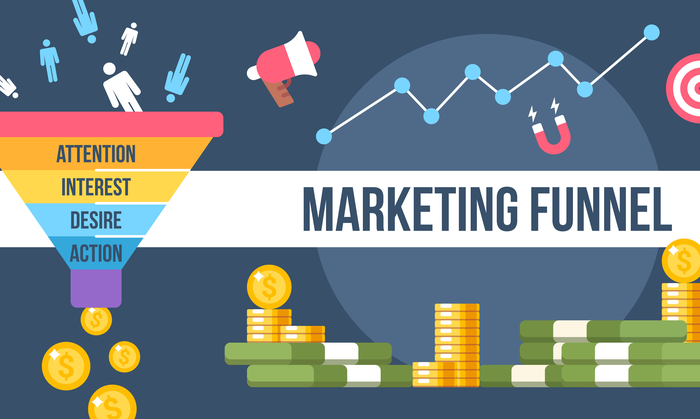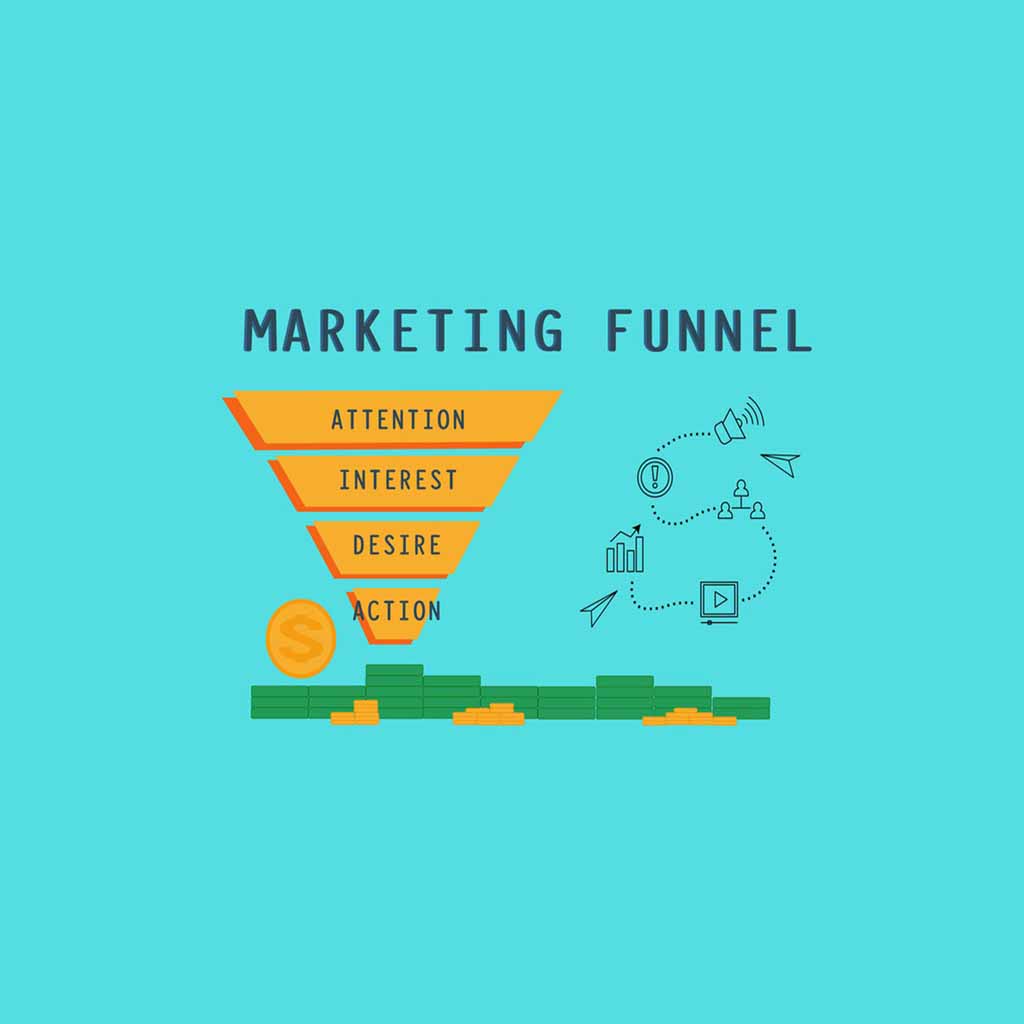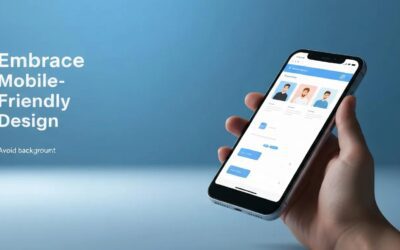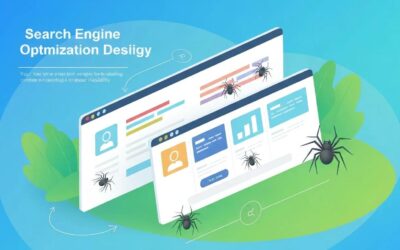What is a Marketing Funnel?
The marketing funnel is a model that helps businesses understand how customers move from being unaware of a product or service to becoming loyal customers. The funnel is divided into different stages that a customer goes through before making a purchase.
Understanding the marketing funnel is crucial for marketers as it allows them to create effective marketing strategies that cater to consumers at various stages of the funnel.
In this comprehensive guide, we will take a closer look at the marketing funnel, its stages, and strategies that can be used at each stage.
Introduction to the Marketing Funnel
The marketing funnel is a model that represents the journey a customer takes from being unaware of a product or service to becoming a loyal customer.
The funnel is divided into different stages, each of which represents a specific point in the customer’s journey. The stages are as follows:
- Awareness – This is the stage where a potential customer becomes aware of a product or service. The goal at this stage is to attract the customer’s attention and make them aware of the product or service.
- Interest – At this stage, the customer has shown an interest in the product or service and is actively seeking more information. The goal at this stage is to provide the customer with more information about the product or service and convince them that it is the right choice.
- Decision – This is the stage where the customer has decided to make a purchase. The goal at this stage is to make the purchase process as smooth and easy as possible.
- Loyalty – This stage represents the customer’s loyalty to the product or service. The goal at this stage is to maintain the customer’s loyalty and create repeat business.
The Stages of the Marketing Funnel
The marketing funnel is divided into different stages, each of which represents a specific point in the customer’s journey. Understanding the stages of the funnel is crucial for marketers as it allows them to create effective marketing strategies that cater to consumers at each stage. Let’s take a closer look at each stage of the funnel.
Awareness
The awareness stage is the first stage in the marketing funnel. At this stage, the customer becomes aware of the product or service. The goal at this stage is to attract the customer’s attention and make them aware of the product or service. There are several strategies that can be used to attract customers at this stage, such as:
- Content Marketing: Creating high-quality content that provides value to the customer can help attract their attention and make them aware of the product or service.
- Social Media Marketing: Social media platforms such as Facebook, Twitter, and Instagram can be used to reach a large audience and attract their attention.
- Search Engine Optimization (SEO): Optimizing the website for search engines can help increase visibility and attract customers who are searching for related products or services.
Interest
The interest stage is the second stage in the marketing funnel. At this stage, the customer has shown an interest in the product or service and is actively seeking more information. The goal at this stage is to provide the customer with more information about the product or service and convince them that it is the right choice. There are several strategies that can be used to provide more information to customers at this stage, such as:
- Email Marketing: Sending targeted emails to customers who have shown an interest in the product or service can help provide them with more information and convince them to make a purchase.
- Webinars: Hosting webinars can help provide customers with more information about the product or service and answer any questions they may have.
- Free Trials: Offering free trials can help customers experience the product or service and convince them to make a purchase.
Decision
The decision stage is the third stage in the marketing funnel. At this stage, the customer has decided to make a purchase. The goal at this stage is to make the purchase process as smooth and easy as possible. There are several strategies that can be used to make the purchase process easy for customers, such as:
- Simplifying the Checkout Process: Making the checkout process as simple and easy as possible can help reduce cart abandonment and increase conversions.
- Offering Multiple Payment Options: Offering multiple payment options can help customers choose the option that is most convenient for them.
- Providing Excellent Customer Service: Providing excellent customer service can help customers feel confident in their purchase and increase their loyalty to the product or service.
Loyalty
The loyalty stage is the final stage in the marketing funnel. At this stage, the customer has become loyal to the product or service. The goal at this stage is to maintain the customer’s loyalty and create repeat business. There are several strategies that can be used to maintain customer loyalty, such as:
- Offering Discounts and Special Offers: Offering discounts and special offers to loyal customers can help maintain their loyalty and increase repeat business.
- Providing Excellent Customer Service: Providing excellent customer service can help maintain customer loyalty and increase their satisfaction with the product or service.
- Creating a Loyalty Program: Creating a loyalty program can incentivize customers to make repeat purchases and increase their loyalty to the product or service.
Top of Funnel (TOFU) Strategies
Top of funnel (TOFU) strategies are marketing strategies that are used to attract potential customers at the awareness stage of the marketing funnel. The goal of TOFU strategies is to attract the attention of potential customers and make them aware of the product or service. There are several TOFU strategies that can be used, such as:
- Content Marketing: Creating high-quality content that provides value to the customer can help attract their attention and make them aware of the product or service.
- Social Media Marketing: Social media platforms such as Facebook, Twitter, and Instagram can be used to reach a large audience and attract their attention.
- Search Engine Optimization (SEO): Optimizing the website for search engines can help increase visibility and attract customers who are searching for related products or services.

marketing funnel
Middle of Funnel (MOFU) Strategies
Middle of funnel (MOFU) strategies are marketing strategies that are used to provide more information to potential customers at the interest stage of the marketing funnel. The goal of MOFU strategies is to provide the customer with more information about the product or service and convince them that it is the right choice. There are several MOFU strategies that can be used, such as:
- Email Marketing: Sending targeted emails to customers who have shown an interest in the product or service can help provide them with more information and convince them to make a purchase.
- Webinars: Hosting webinars can help provide customers with more information about the product or service and answer any questions they may have.
- Free Trials: Offering free trials can help customers experience the product or service and convince them to make a purchase.
Bottom of Funnel (BOFU) Strategies
Bottom of funnel (BOFU) strategies are marketing strategies that are used to make the purchase process as smooth and easy as possible for potential customers at the decision stage of the marketing funnel. The goal of BOFU strategies is to make the purchase process easy for customers and increase conversions. There are several BOFU strategies that can be used, such as:
- Simplifying the Checkout Process: Making the checkout process as simple and easy as possible can help reduce cart abandonment and increase conversions.
- Offering Multiple Payment Options: Offering multiple payment options can help customers choose the option that is most convenient for them.
- Providing Excellent Customer Service: Providing excellent customer service can help customers feel confident in their purchase and increase their loyalty to the product or service.
Measuring Success in the Marketing Funnel
Measuring success in the marketing funnel is crucial for marketers as it allows them to determine the effectiveness of their marketing strategies and make necessary changes. There are several metrics that can be used to measure success in the marketing funnel, such as:
- Conversion Rate: The conversion rate measures the percentage of visitors who take a desired action, such as making a purchase or filling out a form.
- Cost per Acquisition (CPA): CPA measures the cost of acquiring a new customer.
- Customer Lifetime Value (CLV): CLV measures the total amount of revenue a customer is expected to generate over their lifetime.
Optimizing the Marketing Funnel
Optimizing the marketing funnel is an ongoing process that involves analyzing data and making necessary changes to improve the effectiveness of marketing strategies. There are several ways to optimize the marketing funnel, such as:
- A/B Testing: A/B testing involves testing two different versions of a marketing strategy to determine which is more effective.
- Personalization: Personalizing marketing strategies to cater to individual customers can help increase conversions and customer loyalty.
- Continuous Improvement: Continuously analyzing data and making necessary changes can help improve the effectiveness of marketing strategies over time.
Contact Us Today!
In conclusion, understanding the marketing funnel is crucial for marketers as it allows them to create effective marketing strategies that cater to customers at various stages of the funnel.
By using the strategies outlined in this guide, businesses can attract potential customers, provide them with more information, make the purchase process easy, and maintain their loyalty. If you need help optimizing your marketing funnel, contact us today!




